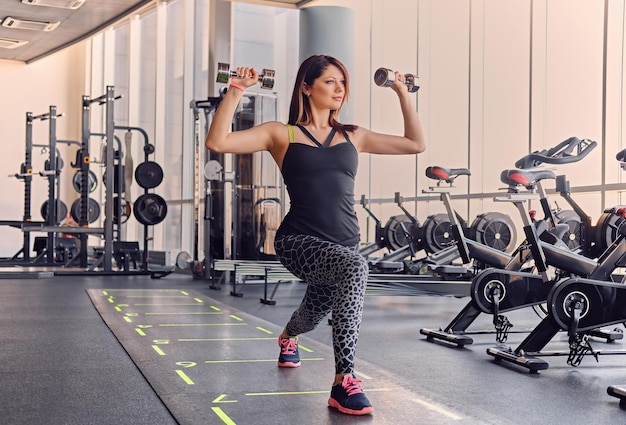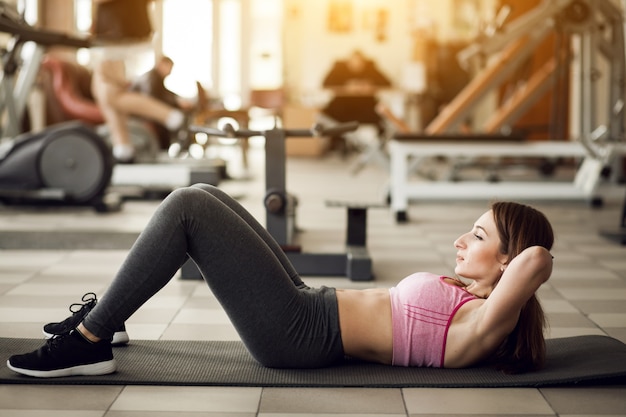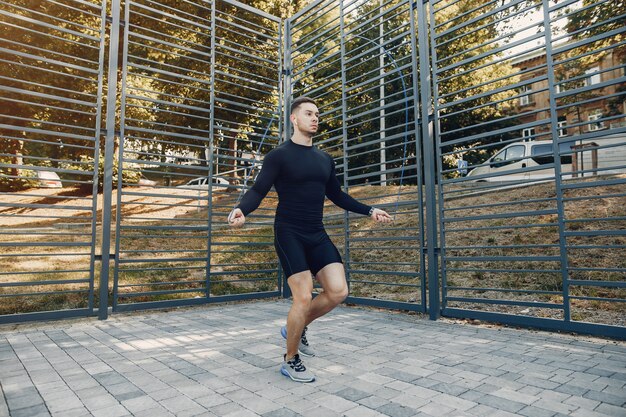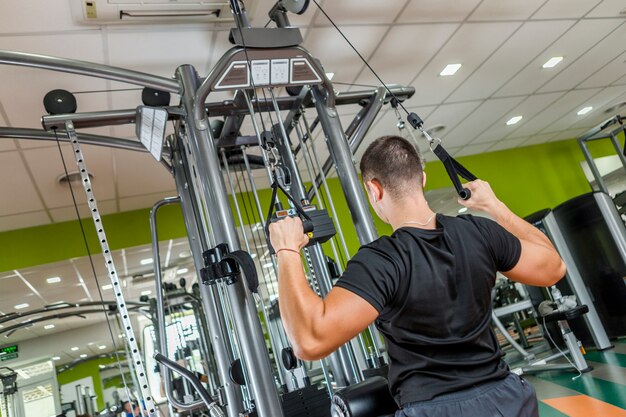Squats: A Comprehensive Guide
Squats are a powerhouse exercise that works multiple muscle groups simultaneously, making them essential in any fitness routine. They mainly target the front thigh muscles (quadriceps) and the buttocks (gluteus maximus). This guide breaks down the details of squats, from the muscles they work to customizing them for your fitness goals, and explores their benefits and potential drawbacks.
The Anatomy of Squats
Squats involve several joints and require the coordination of various muscle groups. In addition to the quadriceps and gluteus maximus, they activate the back thigh muscles, calves, entire back, and abdomen.
The main muscles involved in squats include:
– Quadriceps femoris
– Gluteus maximus
– Adductor major
– Soleus
Muscles that help with balance and stability during squats include:
– Erector spinae
– Rectus abdominis
– Internal and external obliques
– Hamstrings
– Gluteus medius and minimus
– Gastrocnemius
The specific muscles engaged can vary based on the range of motion, leg positioning, and load placement. By tweaking these factors, you can target different muscle groups more effectively.
Customizing Squats for Your Fitness Goals
Customizing your squats can help you achieve specific fitness objectives.
Enhancing Muscle Strength: For those looking to boost muscle strength, especially weightlifters, increasing the load gradually while maintaining proper form is key.
Building Muscle Mass: Bodybuilders focus on increasing muscle size by doing more repetitions and sets with moderate to heavy weights.
Improving Posture and Joint Health: Squats are not just for muscles; they enhance joint flexibility, core stability, and overall posture, thus supporting musculoskeletal health.
Squats for Glutes: To focus on the glutes, go deeper than the usual parallel position where your hips align with your knees. A slight forward lean can enhance glute activation, but be cautious to avoid straining your lower back.
Squats for Quadriceps: To target the quadriceps, keep your knees from extending past your hips during the descent and maintain a more upright posture.
Sumo Squats: With a wider stance, sumo squats emphasize the inner thighs, targeting the adductors and abductors while reducing strain on the lower back. This variation is great for those with strong thigh muscles or those aiming to develop their inner thighs.
The Benefits of Squats
Squats are not just for building muscle. They also enhance knee and hip joint health by promoting the production of lubricating synovial fluid, reducing the risk of arthritis.
Additionally, squats boost flexibility in the lower body, improve mobility, and assist in maintaining a stable posture, thereby preventing back pain. They also enhance endurance and muscle growth, depending on whether you use lighter weights with more reps or heavier weights with fewer reps.
Contrary to popular belief, you can’t target fat loss in specific areas through exercises like squats. Fat loss is a whole-body process. However, squats can significantly improve your body composition by reducing overall body fat and increasing muscle mass when combined with a balanced diet and cardiovascular exercise.
The Disadvantages of Squats
Although beneficial, squats come with risks, especially if not done correctly. Wrong form can lead to knee and lower back injuries. People with pre-existing conditions should be extra cautious and may need to seek alternatives.
Squats also require good mobility and stability in the hips, knees, and ankles. Those with joint issues may find squats difficult and risky. Overemphasizing squats, especially with heavy weights, can create muscle imbalances, affecting posture and overall performance.
Finally, squats may not be suitable for everyone, particularly those with severe health conditions like advanced osteoarthritis or serious cardiovascular issues.
Conclusion
Squats are a versatile and effective exercise that can be adjusted to meet various fitness goals. Whether you aim to strengthen specific muscles or improve overall lower body strength, squats can be a valuable addition to your workout routine. Just remember, proper form and respecting your body’s limits are crucial for reaping the benefits safely.







